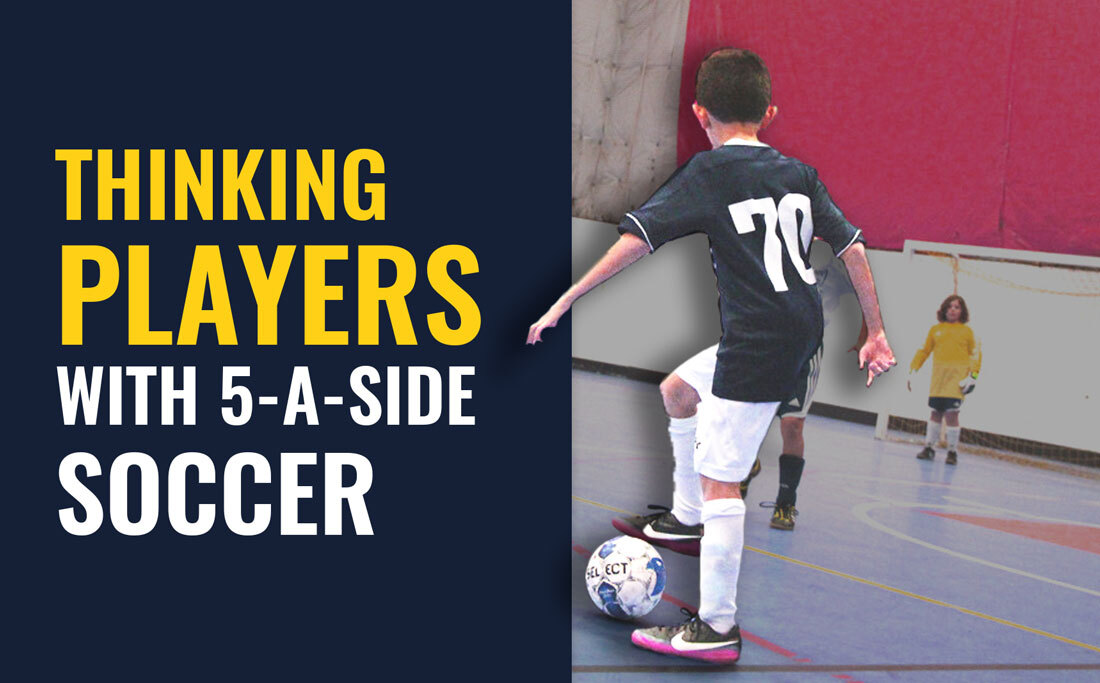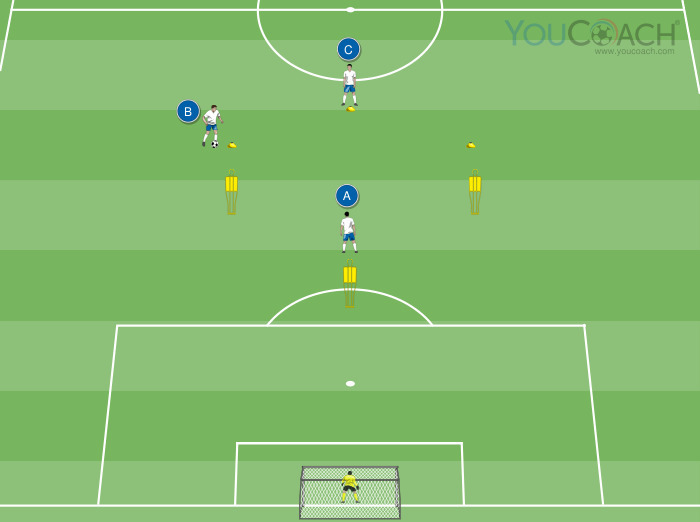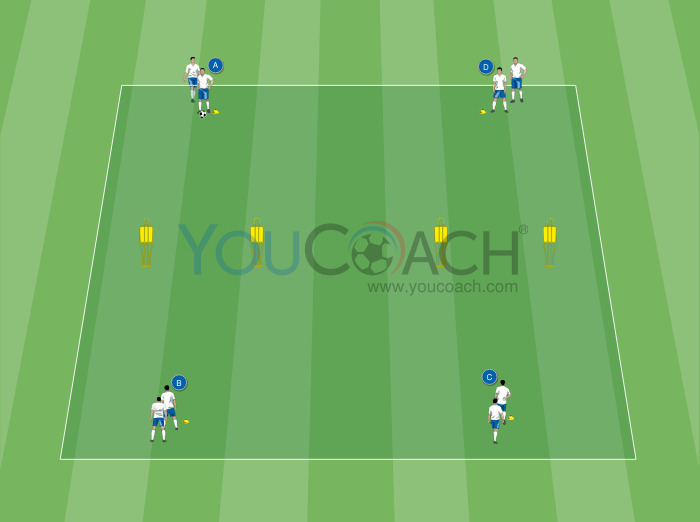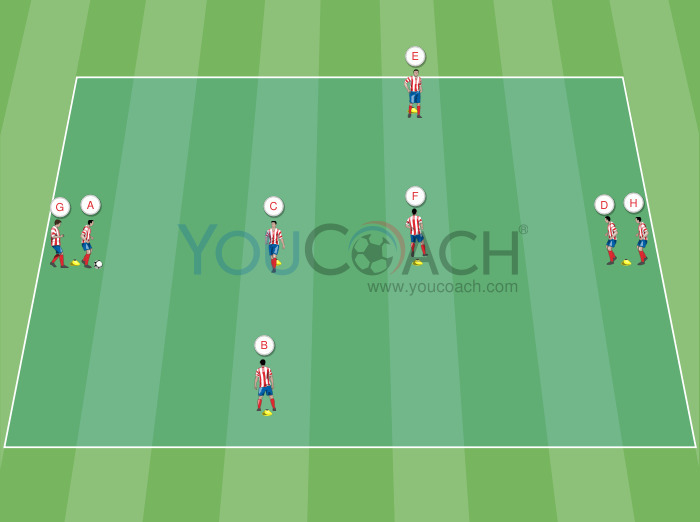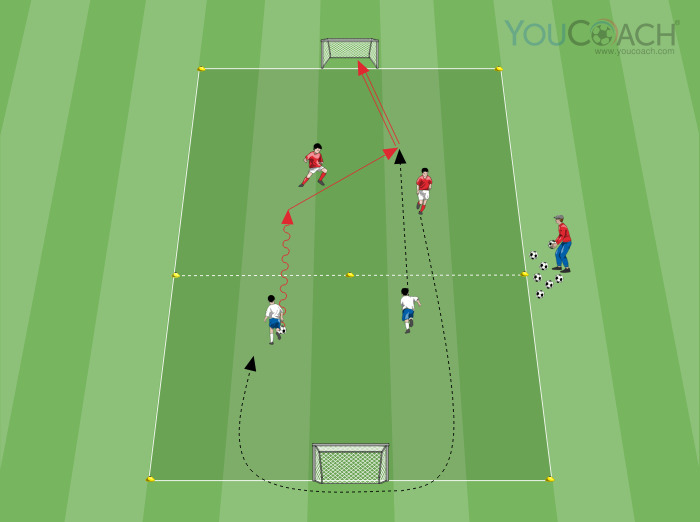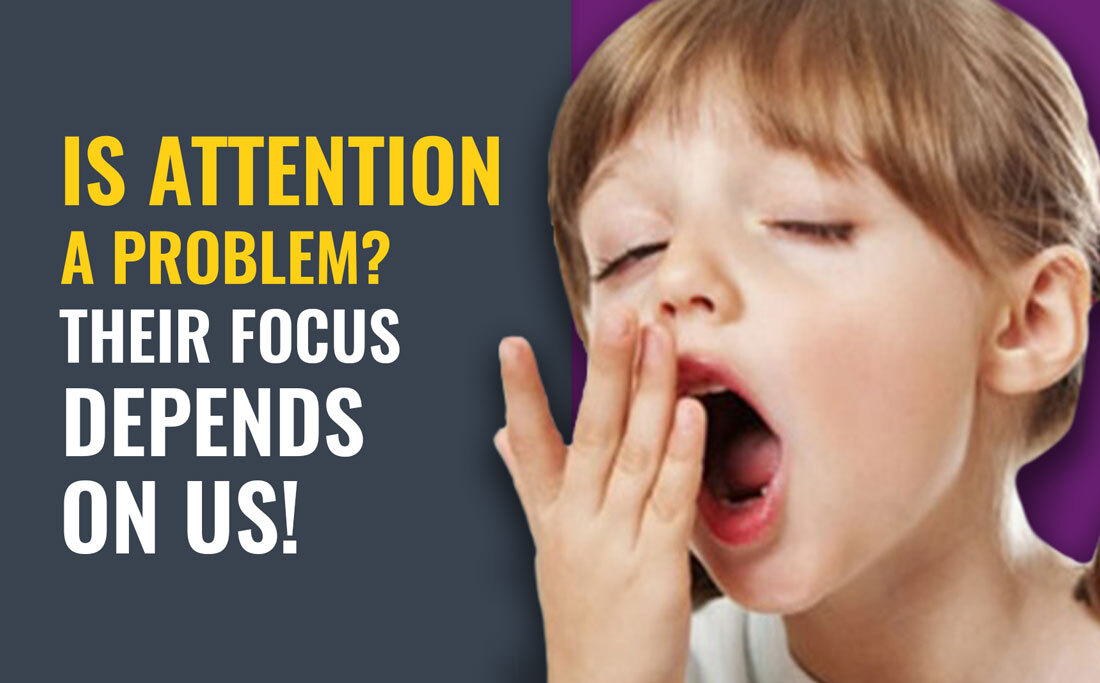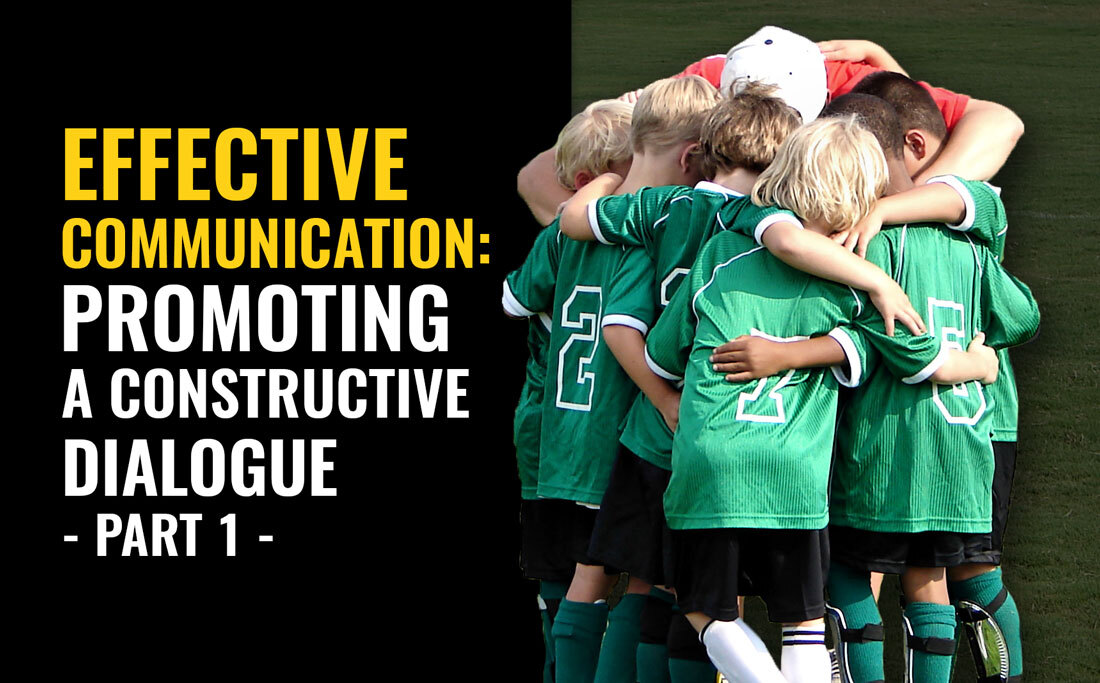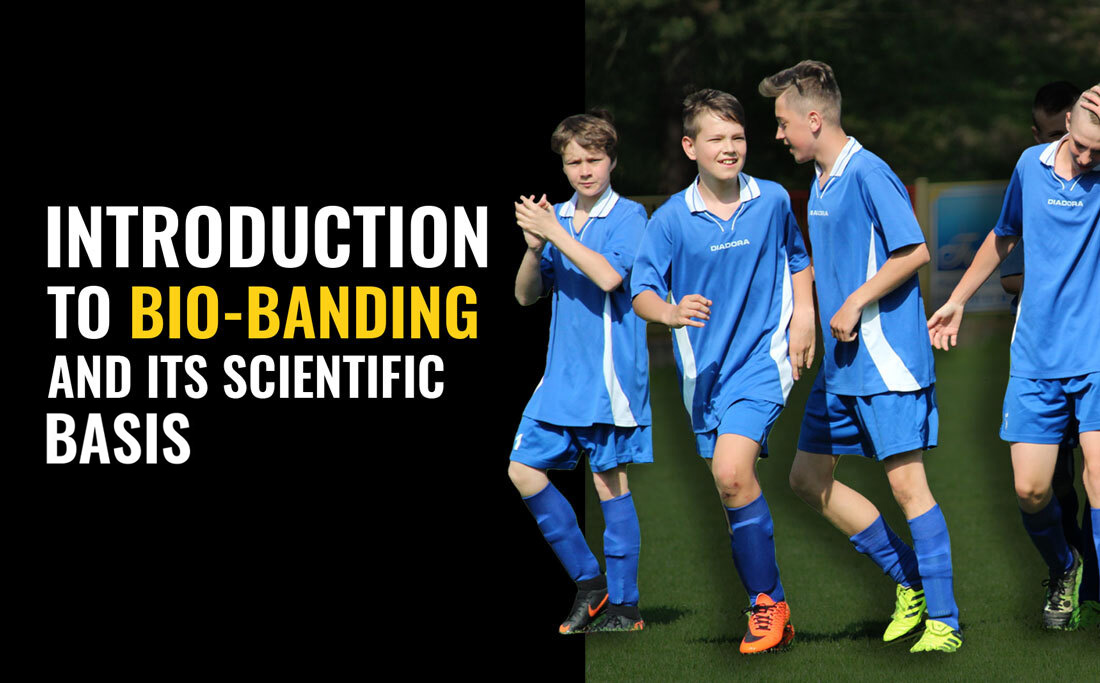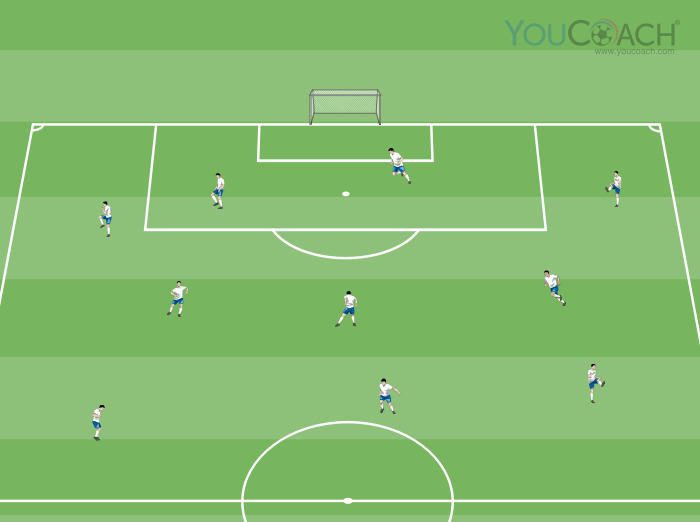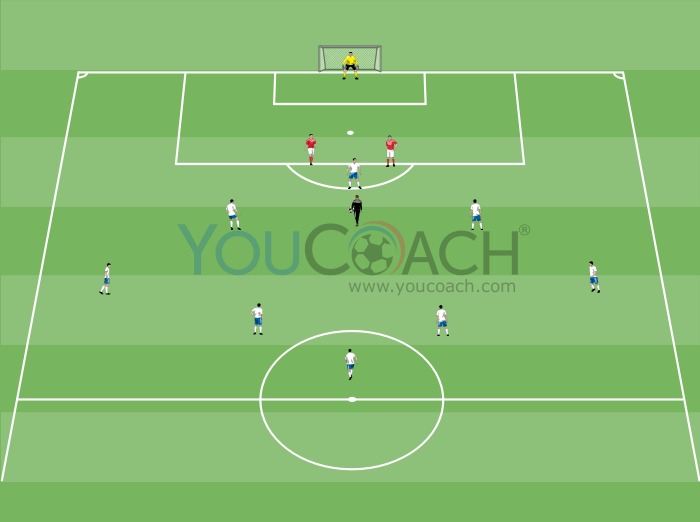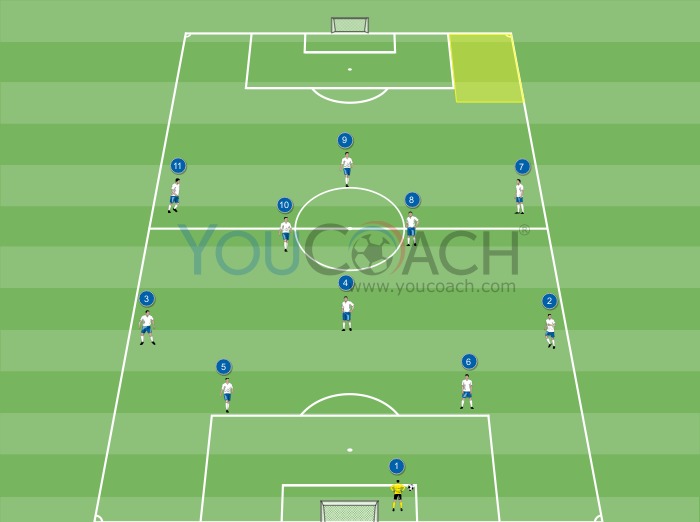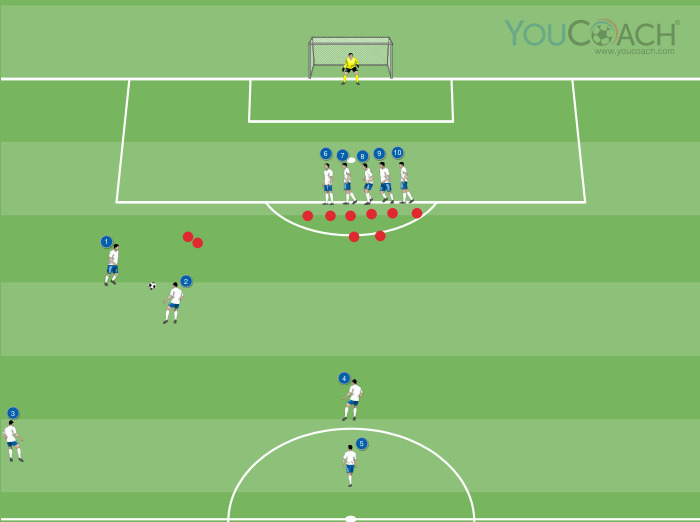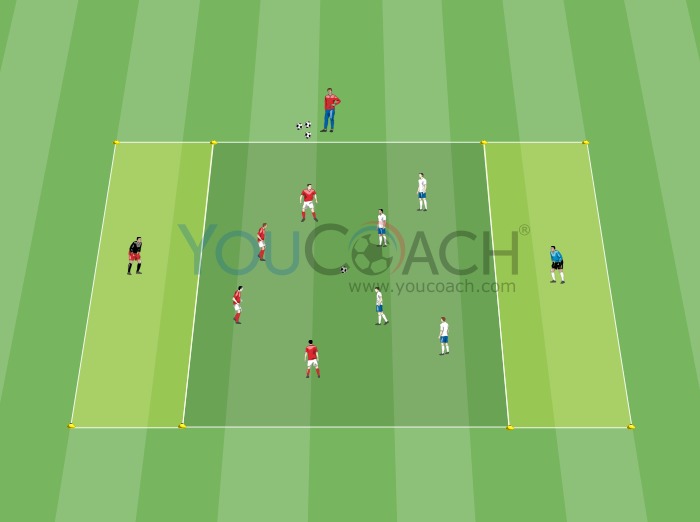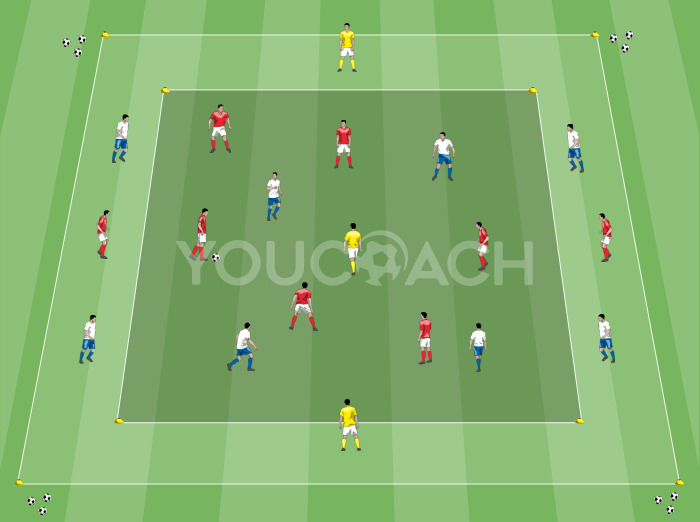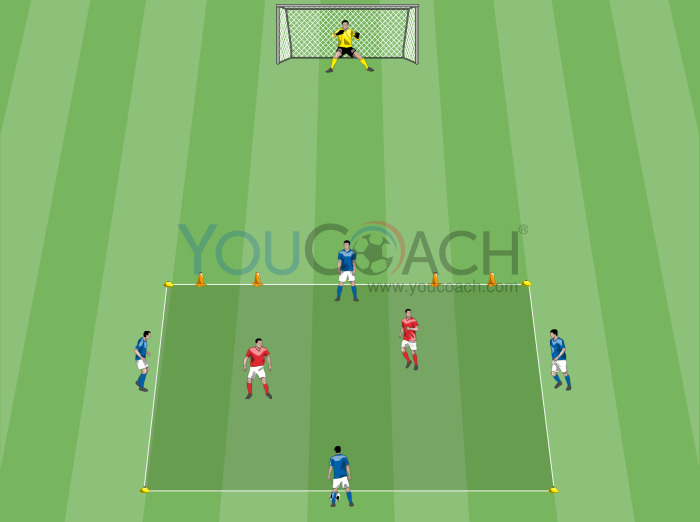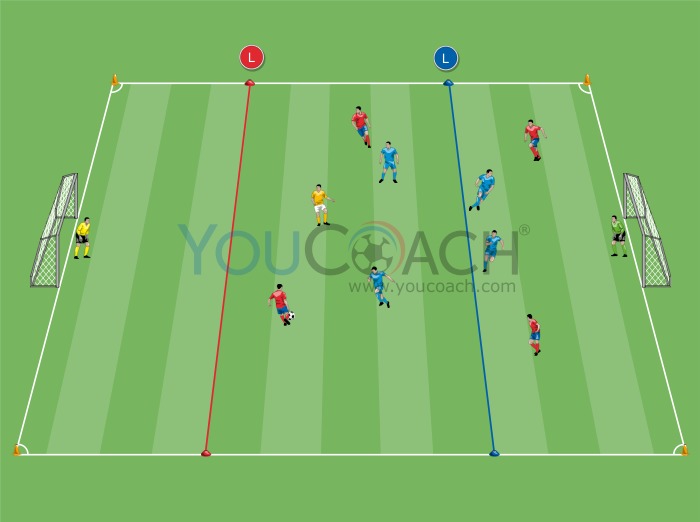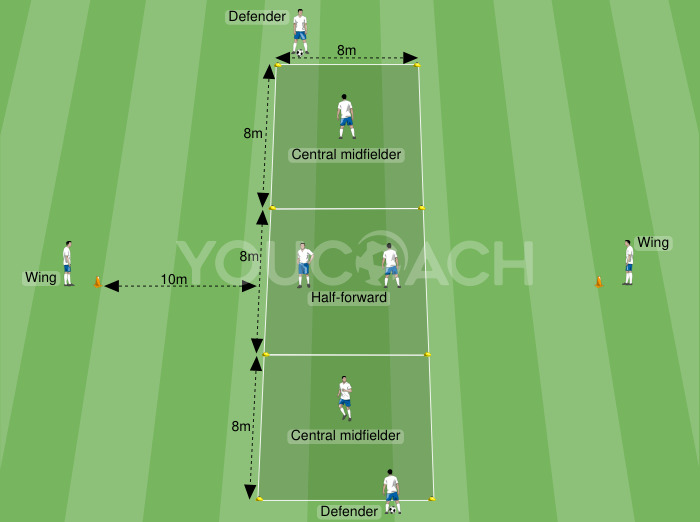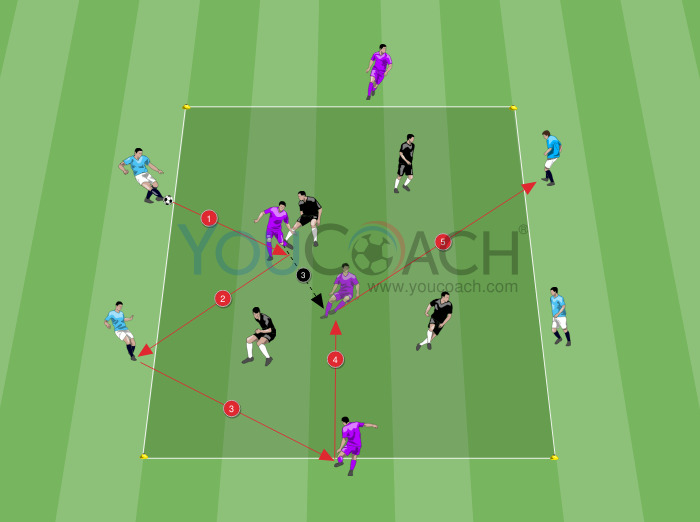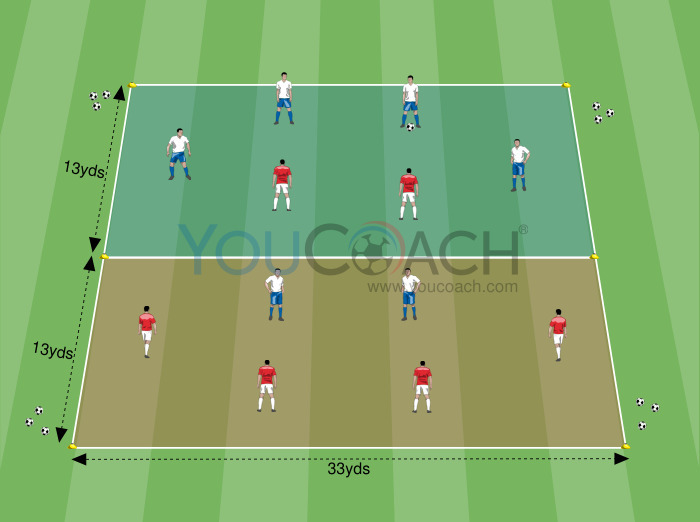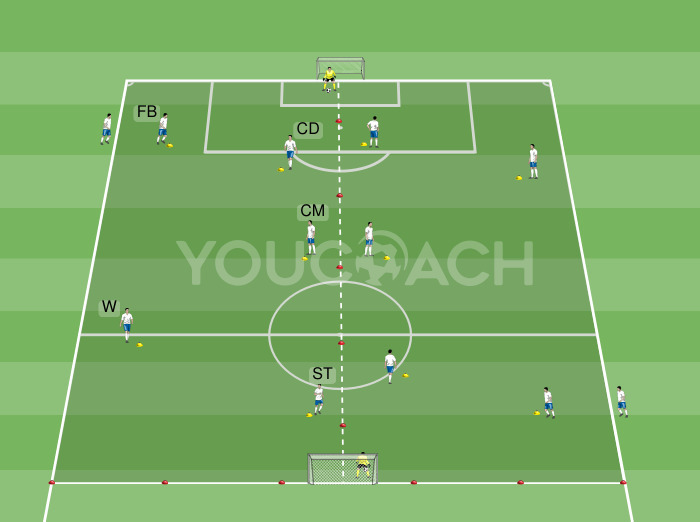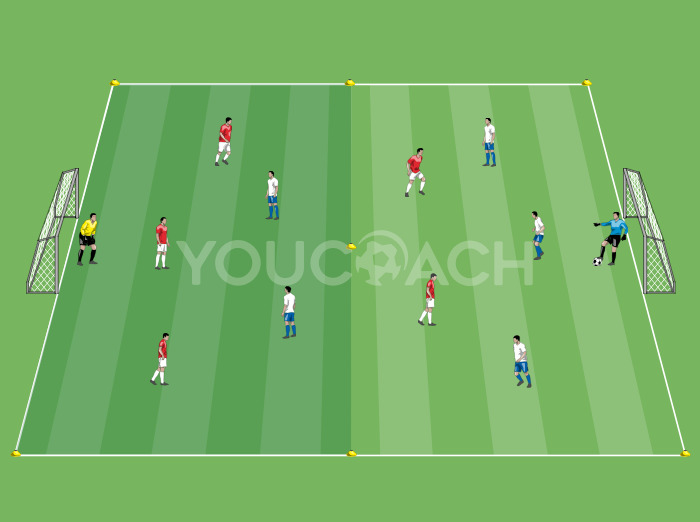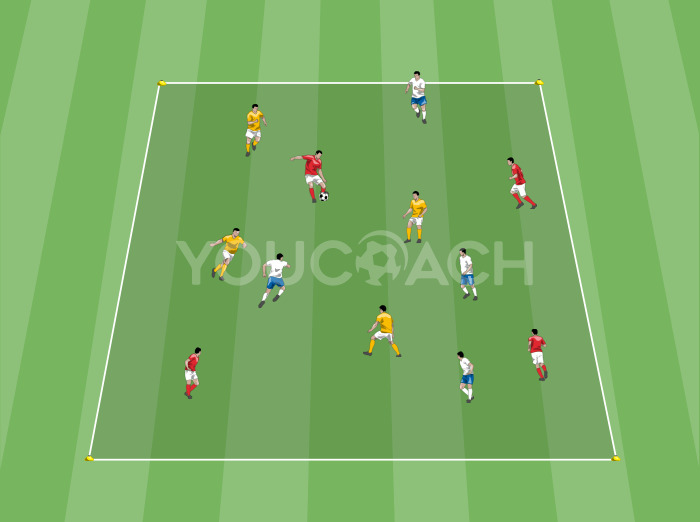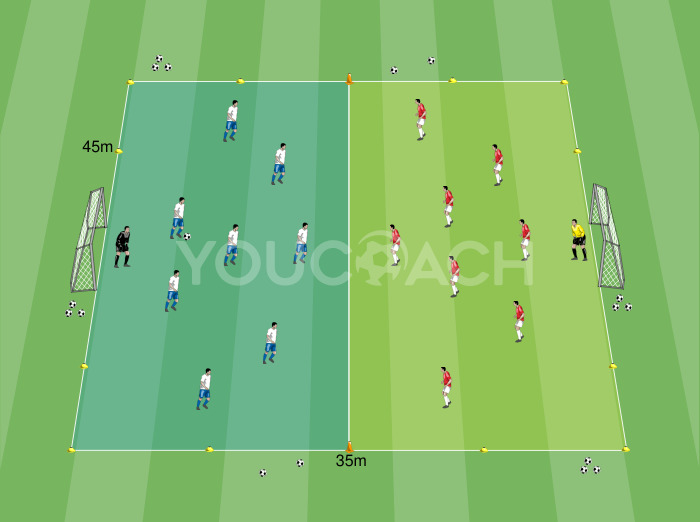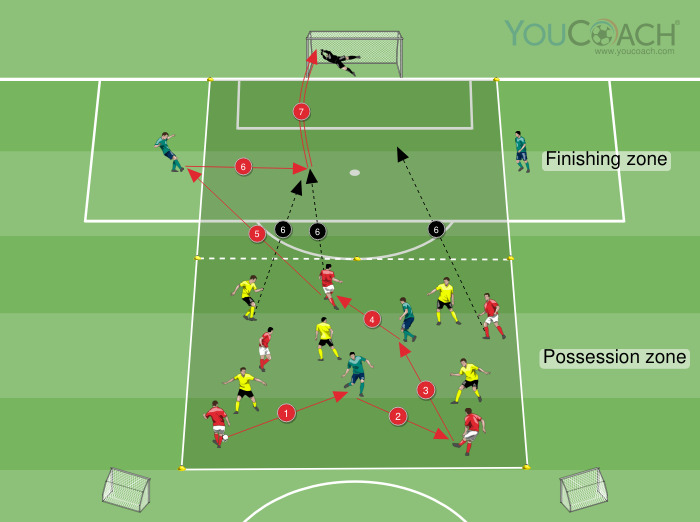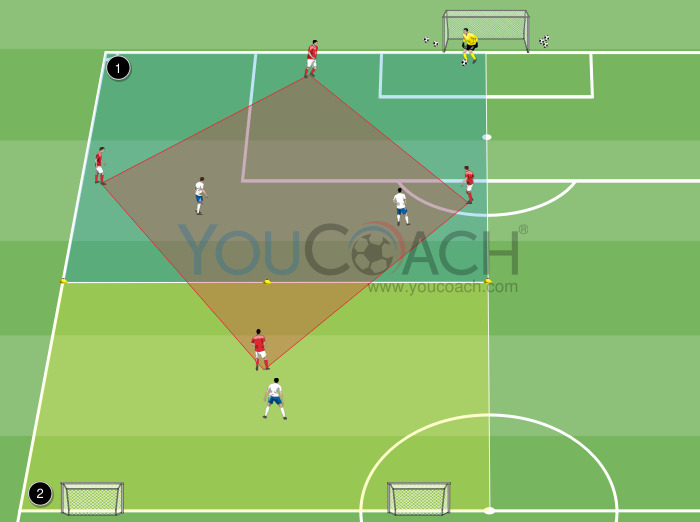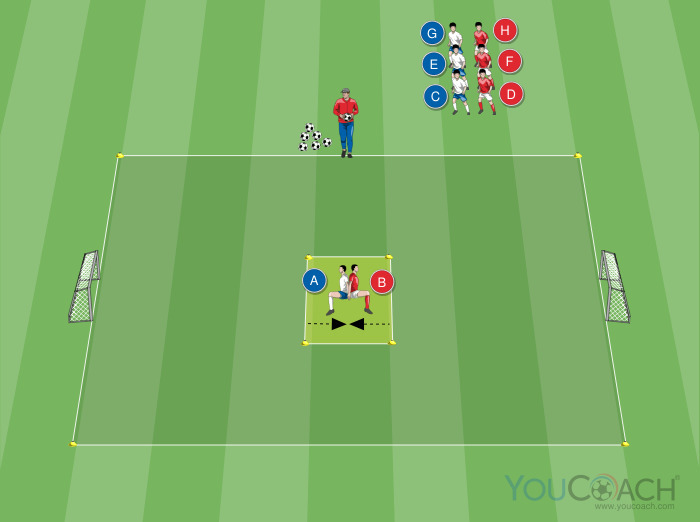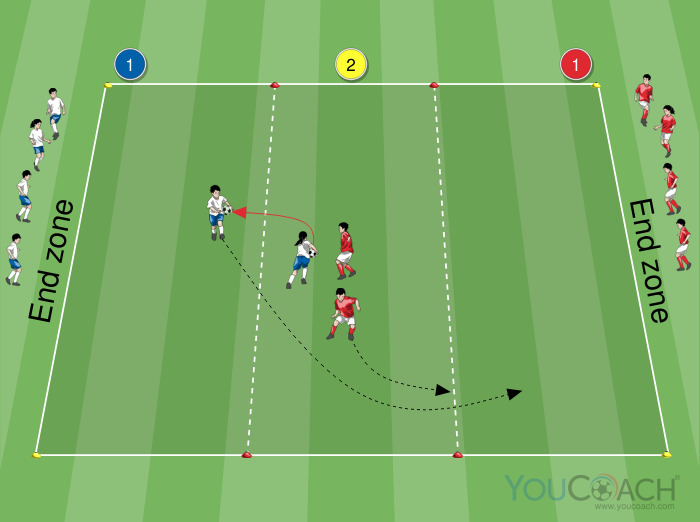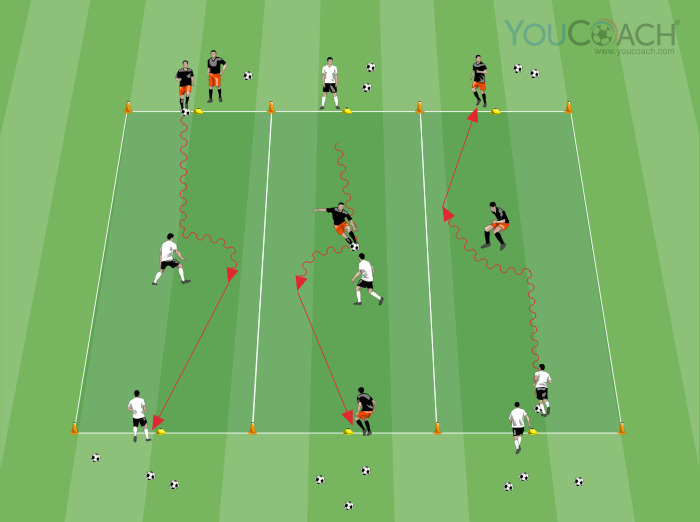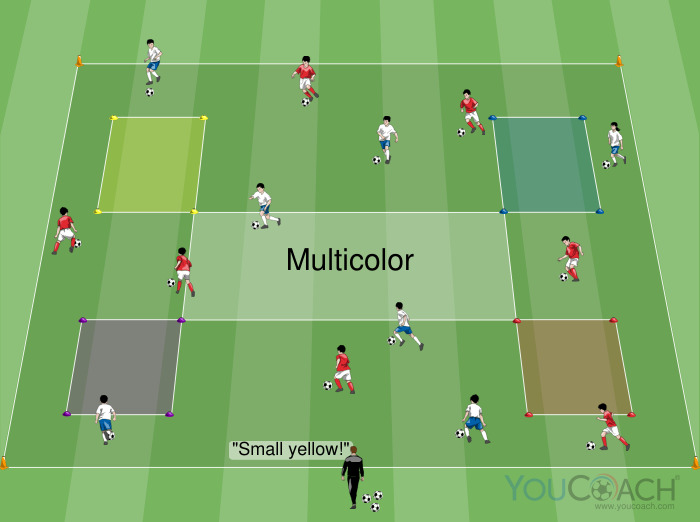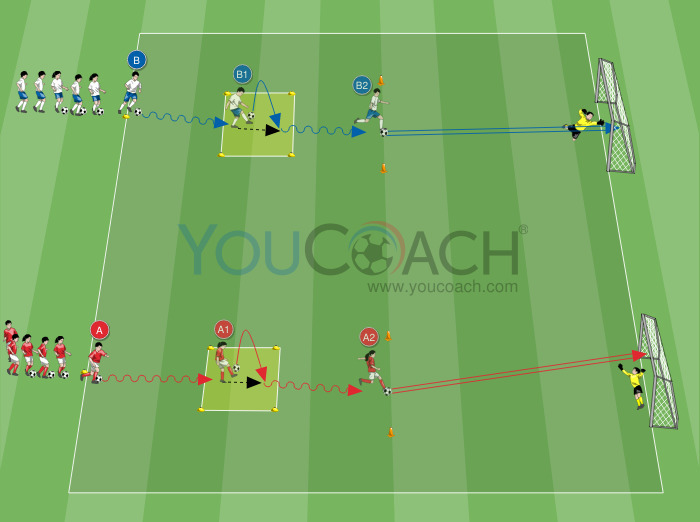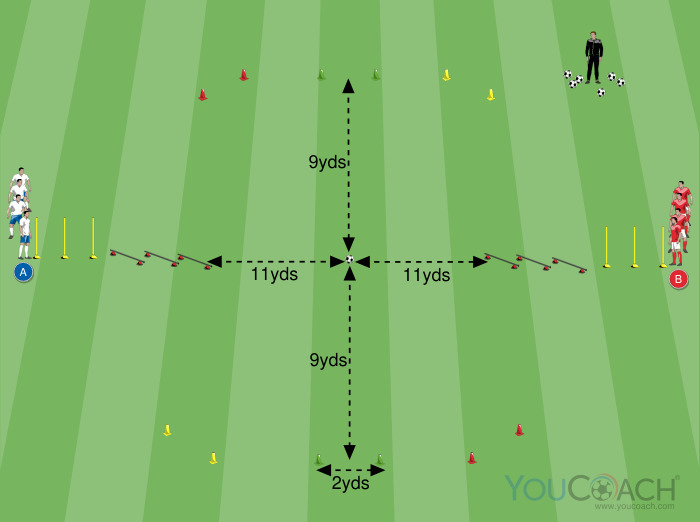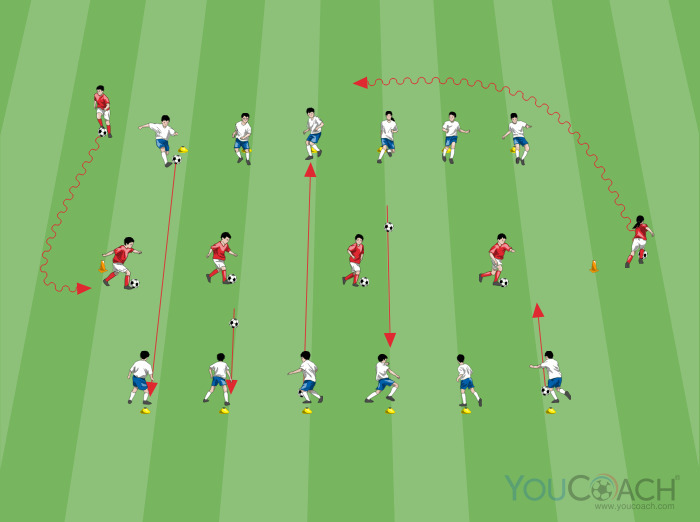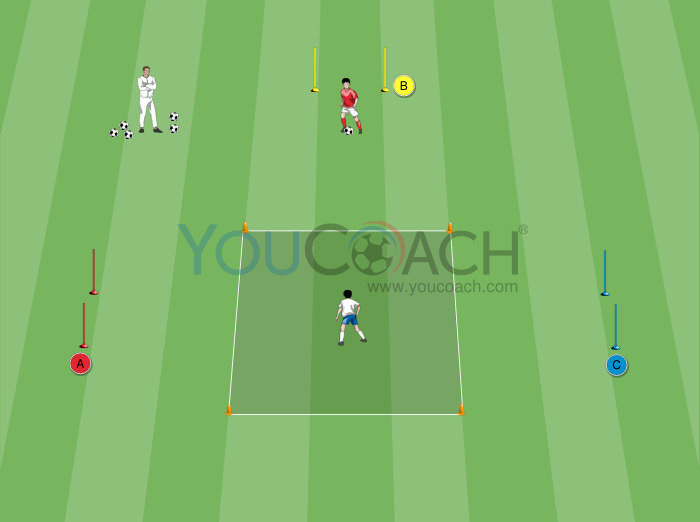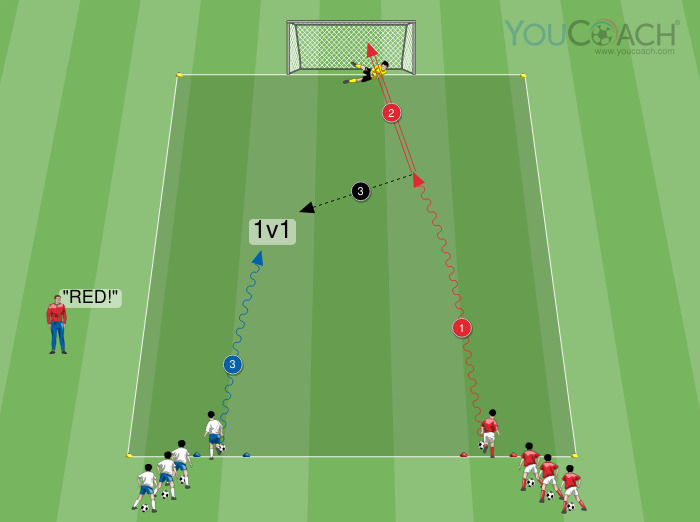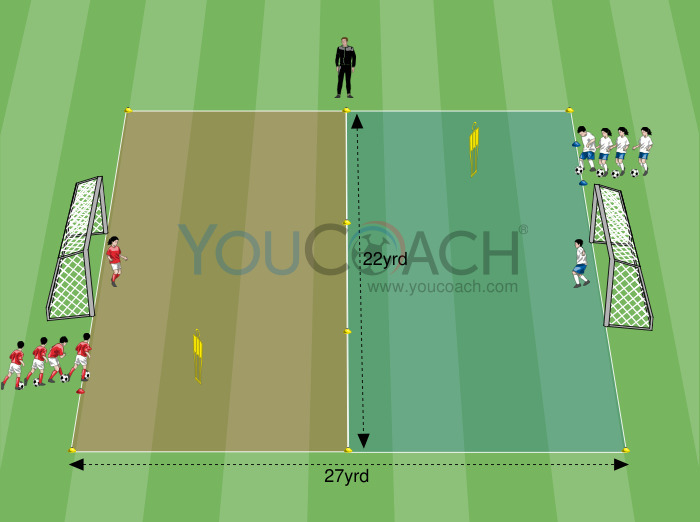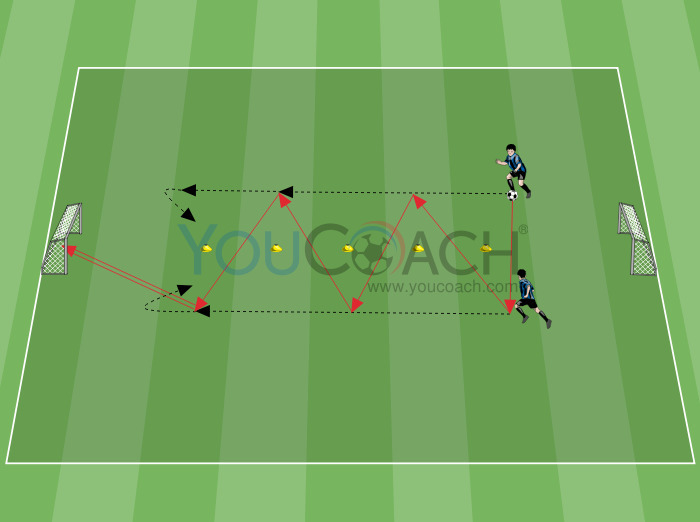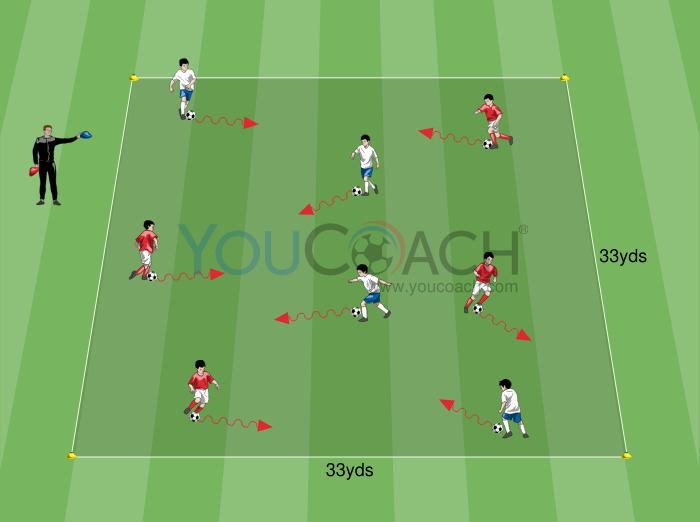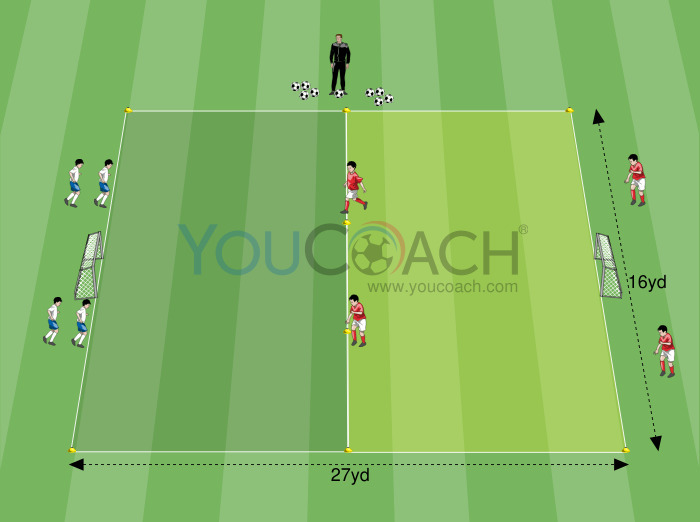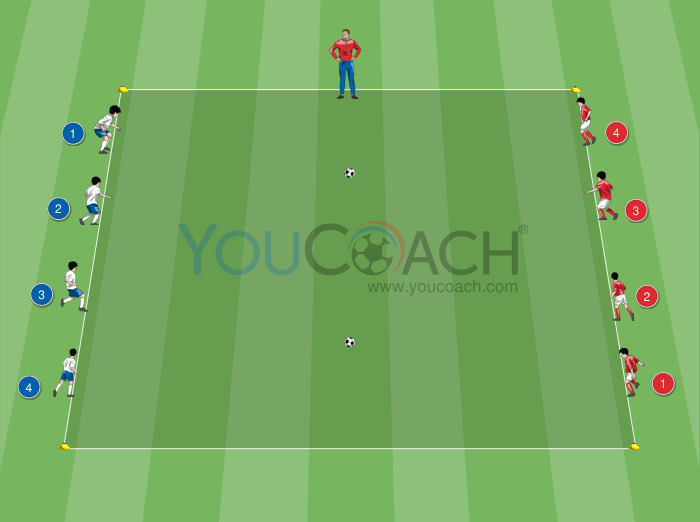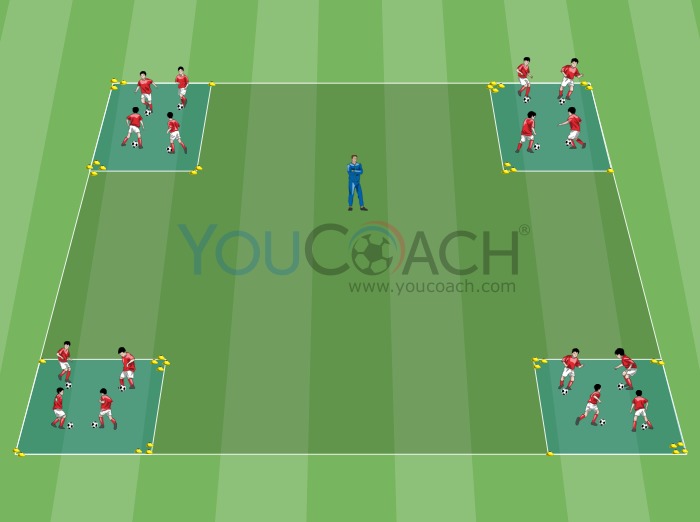Be able to listen
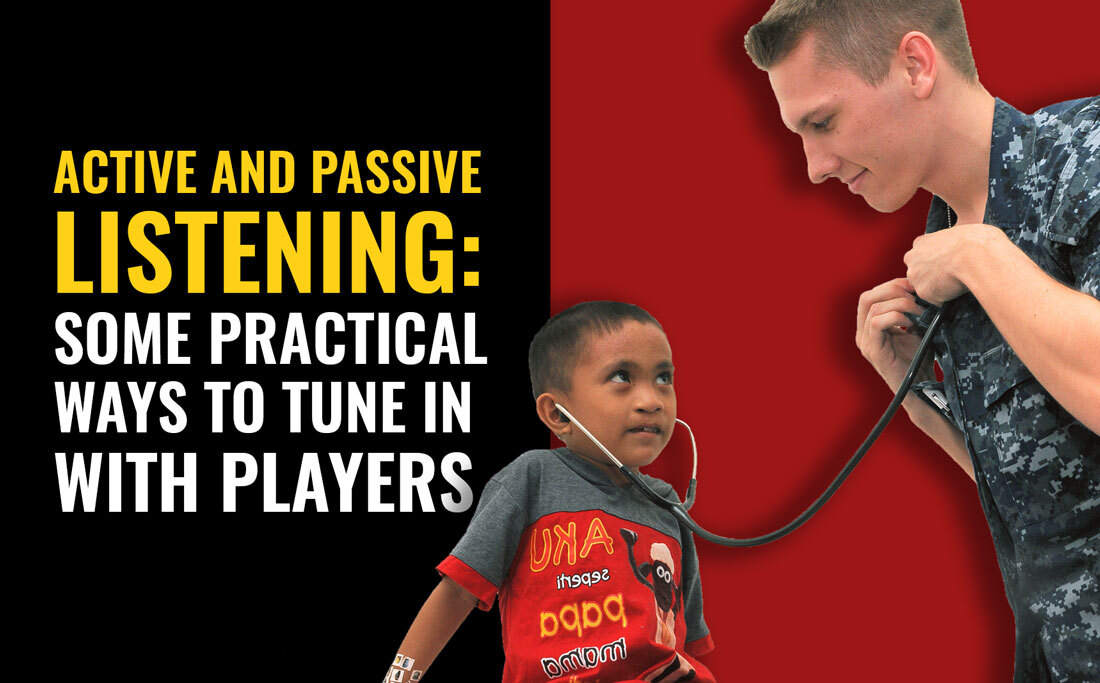
|
This article will explain how a coach can facilitate dialogue and authentic listening with players through a proper use of pauses, silences and brief encouragements |
I would like to show you now with some practical examples the different communicative channels, verbal and non verbal, through which to transmit true listening and empathy.
Listening can be active or passive and it can be, as words suggest, more or less involved.
In active listening, the educator/coach at the right time and discretely, without being aggressive or intrusive, tells what he has understood about what the kid is communicating to him: “I understand that... I think you are trying to tell me that... from what you are telling me I can imagine that...”.
There are no rules that dictate when to talk. You must be in contact with your players, catch a pause, a sigh where your talking can help them to “take a breath”, to sort things out, to clear their minds. It is sure that we don’t have to have our say at every little pause: there is a risk to increase their anxiety and to rush them and not respect their own pace.

We have to remember that it is not easy to talk about feelings, doubts and fears.
It is vital that your feedback does not imply judgment, disapproval or criticism: a player has to feel understood and accepted. It does not mean that we have to always agree with them; it means instead that we understand and respect their past, their feelings and their point of view. Only from an initial true listening can then spring a healthy and productive discussion, if necessary.
- It facilitates the continuation of communication from the kid;
- Players feel free to express theirselves;
- Players feel that the coach is listening to them and giving them time to express theirselves.

Silence has to be accompanied by little messages, verbal and non verbal, which reinforce listening: smile, nod, look for constant eye contact, but not invasive, little signs of understanding, short sentences or sounds that encourage to keep on going: “I hear you... go on... I see... ok...”.
In communication this is called timing, which means synchronization, the ability of communicators, in this case of us as educators, to find the perfect alternation and balance between talking and keeping quite.
Even if we are all great at talking, as they say, keeping quite requires much more ability and openness towards people.
In conclusion, listening and tuning in to players' frequency should be the very first goal for coaches, not only to help the communication of goals, exercises, rules, but most of all to empathize with them: understand that their reality in not our reality, get their point of view that is not necessarily our point of view and that can sometimes be the right one!



